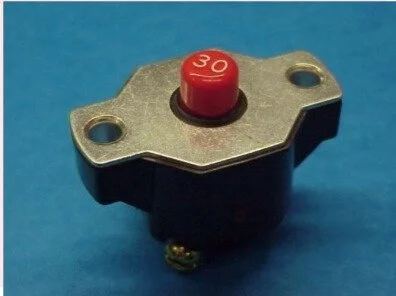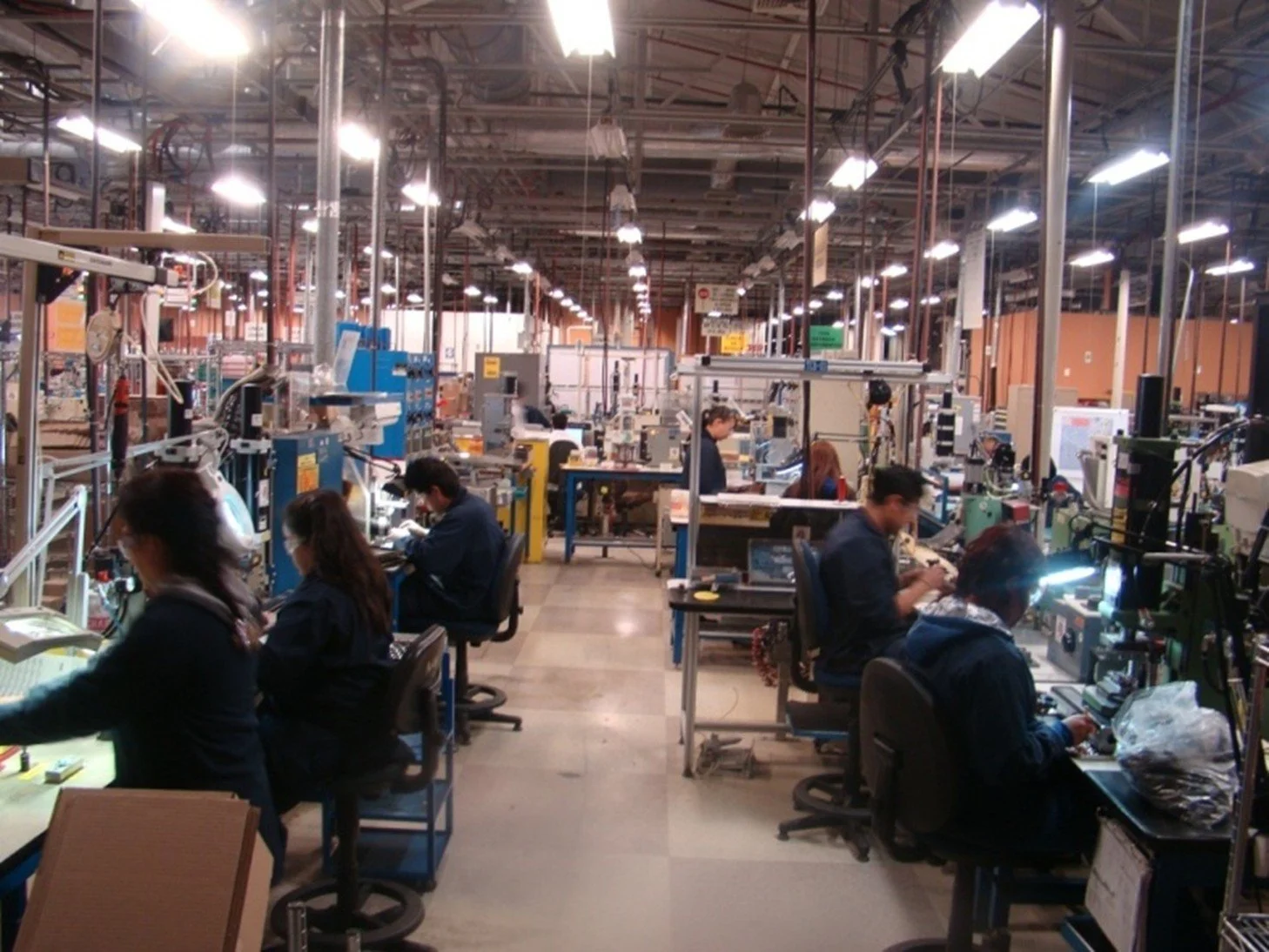Case Study
Proving Lean: A One-Week Transformation in Mexico
Rapid Results:
Demonstrating the Power of Lean in One Week
This Kaizen event took place in a manufacturing facility in Mexico and served as a live demonstration of Lean principles in action.
The product—a rugged motor protector designed for military applications—was ideal for showcasing how Lean could drive tangible improvements.
Plant leadership was familiar with Lean in theory but remained skeptical of its real-world value.
Our objective was clear—prove, through results, that a Lean transformation was not only possible, but worth the investment.
One week results:
40% savings in direct labor
96% decrease in inventory on the floor
96% decrease in manufacturing cycle time
31% reduction in floor space
Product Line Details
Product type: Motor Protector
Volume per year: 360K
Hours/K: Goal = 102, Actual= 98.8
Yield STD: 96.5
Manufacturing cycle time avg: 3.4 days
Installed capacity 24hrs: 202 pieces
Average operators per month: 15 people
This month’s demand: 1500 pieces
This month shifts: 1 shift
Work Cell Before One-piece Flow
Process silos
Batches between processes
Lots of parts
Chaotic work environment
Up to 50% of work time spent moving parts
High probability of STDW related errors, partially mitigated through inspection
Impact on quality improvement - cannot improve chaos
Method
There is a spectrum of automation:
Craftsmanship
Batch flow
One-piece flow
Walking one-piece flow
Chaku-chaku (operators inspect and move parts only)
Full automation
Project Scope:
The production cell in question housed numerous machines and relied on an inefficient operator routine: load, start, wait, repeat. At first glance, it seemed a classic candidate for a walking cell. However, upon on-site assessment, it became clear that even achieving basic flow with small batches would mark a significant leap forward.
The existing layout was not just inefficient—it actively obstructed flow. Operators had to navigate around obstacles and exit the cell entirely just to reach the other side. Workstations were scattered without logic, and any improvement would require a full teardown and rebuild of the layout.
We began with Lean training on Monday.
On Tuesday, the team split into two groups, each applying Lean principles to design a new cell layout.
On Wednesday, both designs were presented and collaboratively evaluated. By the end of the day, we had aligned on a final configuration.
Thanks to an engaged and capable second-shift maintenance team, every station was moved and reassembled overnight.
By Thursday morning, we were operational in the new layout.
The impact was immediate.
Yield jumped to 95% overnight.
The impact was immediate.
With wasted movement eliminated, we reduced the cell footprint and enabled true one-piece flow. Most impressive was the initiative taken by the operator stationed at the center. Without instruction, she began walking between three machines—calibrator, secondary process, and final test—effectively managing all of them in rhythm. By doing so, she eliminated idle time and aligned her pace with the rest of the cell.
A further breakthrough came from real-time process feedback.
Previously, the line had an 85% yield at final test, largely due to delays between calibration and testing in the batch system. Now, with calibration and final test just minutes apart, the operator instinctively began fine-tuning calibrations based on immediate test results.
Yield jumped to 95% overnight. Subsequent Kaizen events pushed it further to 98%.
We spent Thursday refining the new process and presented the results to factory leadership on Friday.
This success catalyzed a series of Lean transformations across the product line, culminating in a fully optimized, high-efficiency walking cell.
Significant Efficiency Gains from Lean Implementation
Metric Previous State Improved State
Lead Time 3.4 days 1 hour
WIP (pieces) 3,600 200
Average work orders on line 36 2
Floor Space (square feet) 950 650
Hours/Thousand 102 61
Operators 15 9
Annual Savings $64,000
$64,000 Question
In just three days, we turned a disorganized, waste-heavy process into a streamlined, high-efficiency operation—boosting yield, eliminating waste and generating $64,000 in annual savings.
The turnaround was fast.
The impact was lasting.
This was Lean in action—and it worked.
By week’s end, plant leadership had just one question:
“When can we do the next one?”
Results of Implementing
One-Piece Flow in Work Cell
Key Achievements
Elimination of Redundant Workstations
The transition to a one-piece flow has successfully removed unnecessary workstations, streamlining the production process and minimizing waste.Consolidation of Operations
Operations such as heater adjustment, welder assembly, cover and boots assembly, and hardware packing have been integrated, resulting in a more efficient workflow and reduced handling times.Enhanced Calibration Area Efficiency
Operator time in the calibration area has seen significant improvements through the implementation of walking operations, effectively reducing non-value-added time.Optimized Calibration for Yield Improvement
Calibration processes have been optimized to enhance yields, ensuring that the quality of output aligns with the strategic goals of increased production efficiency.Reduction of Setup Time
Streamlined processes have led to a marked decrease in setup time, allowing for a quicker turnaround and increased overall throughput.
Conclusion
The efforts to adopt a one-piece flow system within the work cell have yielded substantial improvements in efficiency and productivity, ultimately contributing to sustainable results that align with operational leadership goals.
From Chaos to Control:
Floor Plan Revolution
The transformation was more than visual—it was operational.
The “before” floor plan reveals a cluttered, inefficient layout filled with excess inventory, long travel paths and unclear flow.
In just one week, the “after” plan showcases a streamlined, space-saving design built for flow, speed and clarity.
This visual shift reflects the deeper Lean transformation.
Before
Original Line Layout and Product Flow
After
New Line Layout and Product Flow After Kaizen




